ISTANBUL
First known as Byzantium, then as Constantinople, the city links Europe and Asia and is built on both sides of the Bosphorus Strait. The city was the site of several church councils, and the Church of Hagia Sophia, the largest Chiristian church for 1000 years. Topkapi Place was the residence of The Ottoman Sultans the seat of the Ottoman Empire for 400 years. The Istanbul Archaeology Museum includ
HIERAPOLIS (Pamukkale)
Paul greeted this city in his letter to the Colossians. The hot springs and sulphur vapor befit the city which had the Plutonium, the entrance to the underworld.
EPHESUS
Paul spend two years at Ephesus in his third journey (Acts 19). From here Paul wrote his first letter to the Corinthians. It was the “birthplace” of Artemis. The temple build in her honor was one of the seven wonders of the world.Orgiastic warship of Cybele, fertility goddess whom the Greeks equated with Artemis, was here. Paul’s preaching against idols clashed with Demetrius the silver smit
CAPPADOCIA (Nevsehir)
The region was first settled by native Anatolian people, then the Romans and Christians. It was the hometand of the Hittites and Galatia of the New Testament. The eerie lardscape (towers, spires, and cones carved by the erosion) is sometimes called a “moonscape” terrain. The Hittites first used the soft substance about 4000 years ago. There are about 200 underground cities like Derinkuyu and K
MILETUS
Paul sailed from Miletus to Jarusalem for Pentecost. It was a wealthy cultural and intellectual center of trade, science and philosophy, and site of Paul’s famous farewell speech to the Ephesian elders.
ASSOS
Paul walked from Troas to Assos, while others joining him made the trip by sea Aristotle taught here for four years.
Perched precipitously high above the sea are the best preseved fortifications in the Greek world. Paul sailed from Assos to Mitylene
TROIA
The famous city of Priam is celebrated in Homer’s Iliad, which relates the story of the Troia War. Its existence was proved by the archaeological work of Heinrich Schliemann, who began his excavations there in 1870. Eventually evidence of at least nine cities was about 3000 BC until the Roman period 30 centuries later.
THYATIRA (Akhisar)
This hometown of Lydia was originally a small industrial town and military outpost. From here the Macedonian rulers protected Pergamum and Sardis, and Roman emperors were worshiped as the Greek god Apollo incarnate. The church was chastened because of the influence of a local “Jezebel”.
TARSUS
Paul’s birthplace, was a center of philosophy, had a privileged status with Rome.
Barnabas came here for Saul, encouraging him to join in the ministry at Antioch The arch of the ancient gate of Anthony and Cleopatra still stands.
SMYRNA (Izmir)
The rival port city to Ephesus was Smyrna. It prided itself as being Rome’s most faithful ally, e.g. it was the first to build a temple to Rome in 195 BC, and the first to instigate worship of the emperor Tiberius. The curch at Smyrna struggled against tremendous political and religious opposition, experiencing poverty and tribulation becuase of their faith. The life and death issues of the loca
SELEUCIA (Antakya)
It was the harbor for Antioch where the Orontes River met the Mediterranean Sea. Paul, Barnabas and John Mark sailed from Seleucia to Salamis (Cyprus) to initiate his first missionary journey
SARDIS (Salihli)
Sardis was the capital of the region of Lydia and was the religious and commerical center for over 1000 years. The site includes ruins of the oldest largest synagogue ever excavated, with temples, shops, baths. The church was described as having a great repultation for being alive, though it was dead
PERGAMUM (Bergama)
Called “the most spectacular city of Asia Minor”. It was the most favored of the Apocalypse churches , praised for its perseverance in hard times (it lived where “Satan has his throne” Here and in Rome, Chiristians were execcuted. 1000 feet above the town is the Acropolis, Royal Gates, Temple of Zeus, Athena, Trajan.
PHILADELPHIA (Alasehir)
The Apocalypse church was smal but faithful . Only a few remains of the Byzantine basilica may be seen in the town today.
PERGE
Here Paul assumed the role of leader of theteam rather than Barnabas Many of this city’s buildings and the Roman theater of nearby Aspendos, give a glimpse of the grandeur Paul saw as he entered Perga.
Mother Mary (Virgin Mary) House
After the death of Jesus Christ, his 12 apostles had left Jerusalem to go to various regions in order to propagate the Christianity. Among them, St. Jean took Virgin Mary with him and travelled to Anatolia. After a long travel, Virgin Mary and St. Jean arrived to Ephesus. Virgin Mary and St. Jean dwelled first in the Council Church and then Virgin Mary settled in the house over the Bülbül Mounta
LYSTRA
Paul visited Lystra several times. The city still used its ancestral language rather than Greek.
They thought Paul & Barnabas were Greek gods (Zeus & Hermes) after healing a cripple. They stoned Paul and left him for dead. Paul later returned, appointed elders, and was joined by Timothy
LAODICEA (next to Denizli)
Located near Colosse Laodicea was once a wealthy city which declined the emperors’ financal help after two catastrophic eartquakes (first century AD). They rebuilt the city on their own. This church was described as “lukewarm, naked, blind and in abject poverty.” It was a cultic center of Hieropolis, both cities are mentioned in Paul’s letter
ICONIUM (Konya)
Iconium was a commercial center with a mixed Jewish and Gentile population. Paul and Barnabas spoke in the synagogues until an attempt by the population to stone them.
ANTIOCH (Antakya)
It was the chief church of Gentile Christians where they were first called “Christians”. Many Jerusalem Christians fled here after the martyrdom of Stephen .The first two journeys began and ended here.
PISIDIAN ANTIOCH (Yalvaç)
Isolated on a high plateau, this city marked the end of Paul’s first journey where he preached his first recorded sermon.
“Men of Israel... God-fearers” with limited results. They were forced to leave this Roman outpost, shaking the dust off their feet. Twice the size of Ephesus, it was likely visited on all three journeys.
ATTALIA ( Antalya)
Attalia was the chief port of Pamphylia, from which Paul and Barnabas sailed at the end of the first journey. Walls and towers of the harbor are still visible.
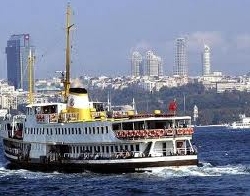
.jpg)
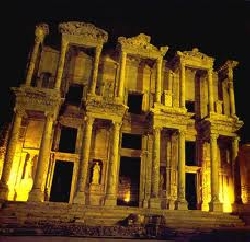
.jpg)
.jpg)
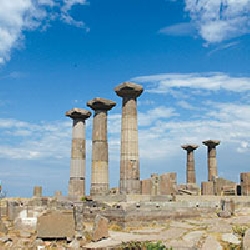
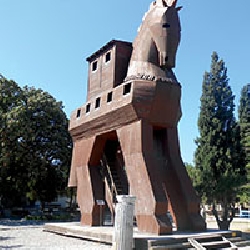
.jpg)
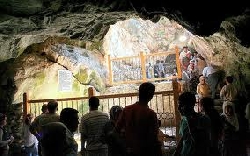
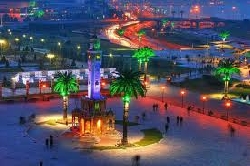
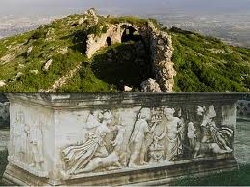

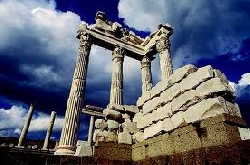
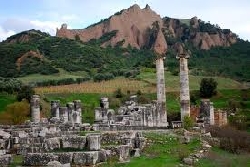
.jpg)
.jpg)
.jpg)
.jpg)
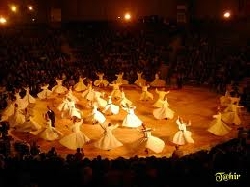
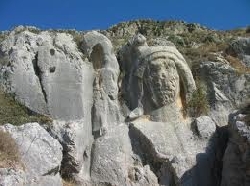
.jpg)